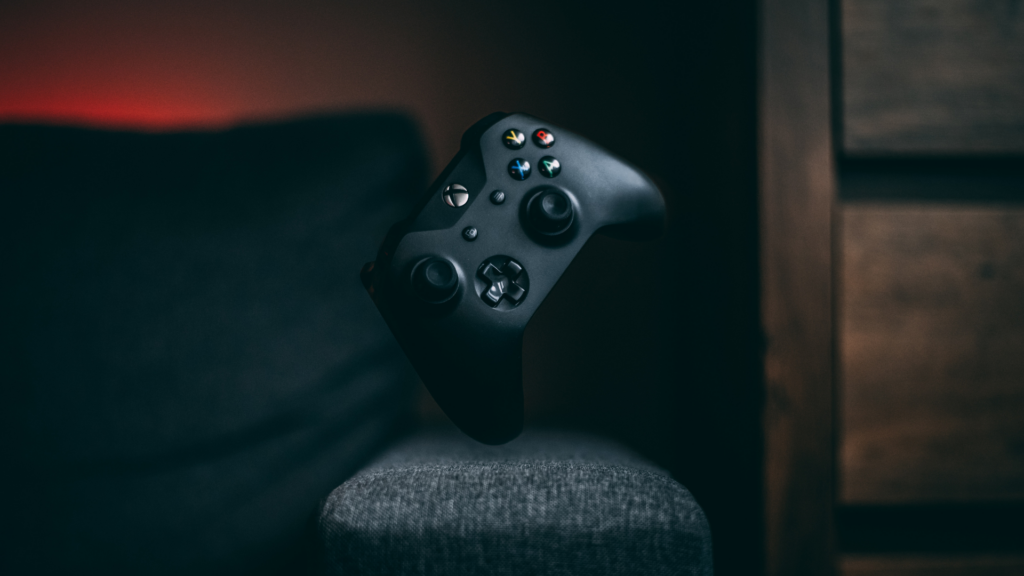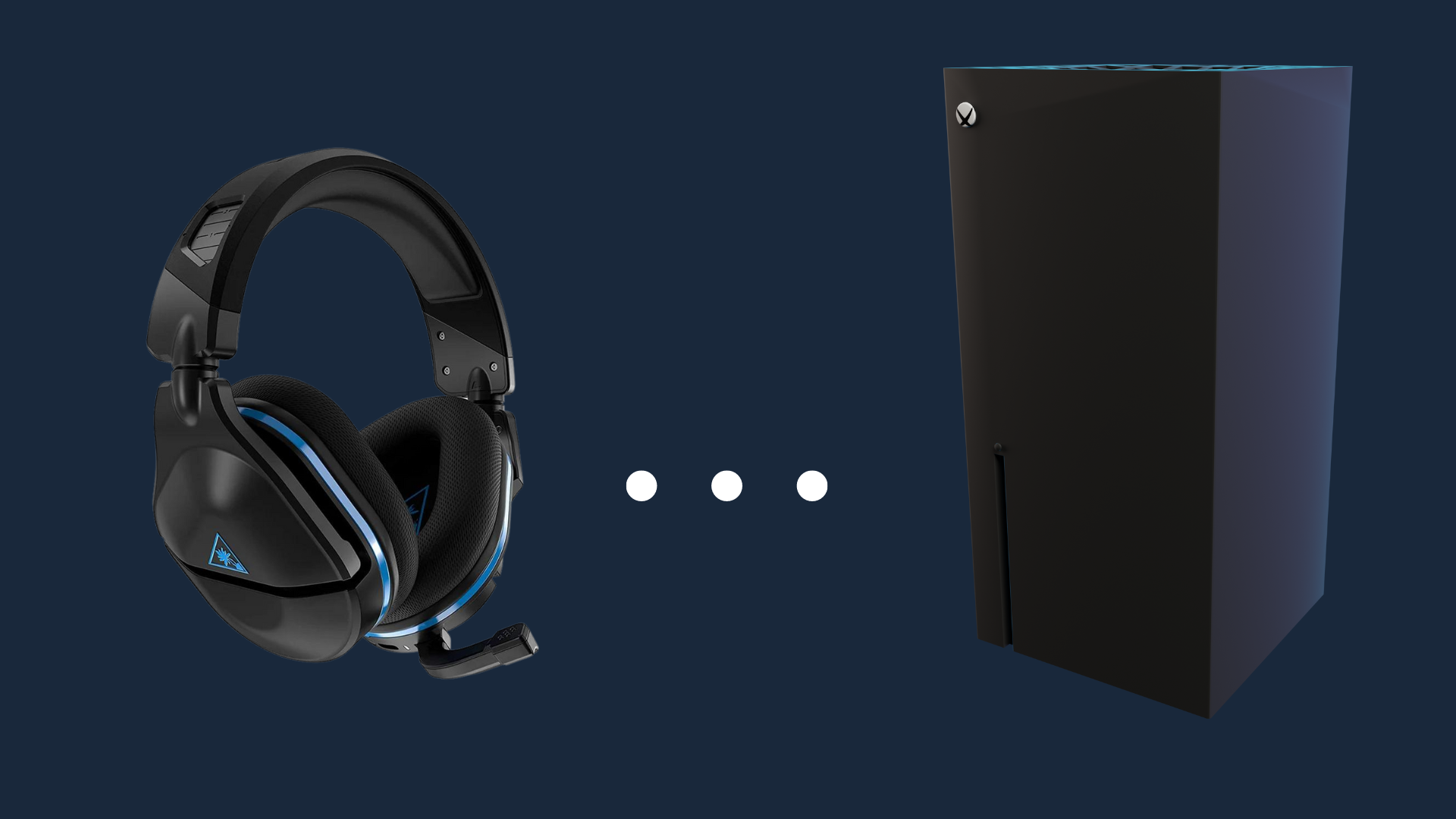How to Tell If Your Xbox Controller Has Bluetooth (Visual Guide 2025)

Wondering if your Xbox controller has Bluetooth? Not all Xbox controllers are created equal when it comes to wireless connectivity. Knowing whether your Xbox controller has Bluetooth can save you money and expand your gaming options significantly. Bluetooth-enabled controllers can connect directly to PCs, tablets, smartphones, and even smart TVs without requiring additional adapters or dongles.
Since Microsoft introduced Bluetooth capability to Xbox controllers in 2016, determining which controllers have this feature has become increasingly important for gamers who play across multiple devices. This comprehensive guide will show you exactly how to identify if your Xbox controller has Bluetooth, which models support it, and how to make the most of this versatile connectivity option.
Quick Visual Guide: Does Your Xbox Controller Have Bluetooth?
The fastest way to determine if your Xbox controller has Bluetooth is to look at the plastic surrounding the Xbox button:
Bluetooth-enabled controllers: The plastic around the Xbox button is part of the same piece as the face of the controller.
Non-Bluetooth controllers: The plastic around the Xbox button is part of the top section where the bumpers are located.
This visual difference is the quickest way to check if your Xbox controller has Bluetooth without opening the battery compartment or checking model numbers.
How to Identify If Your Xbox Controller Has Bluetooth
There are three reliable methods to determine if your Xbox controller has Bluetooth capability:
1. Check the Controller’s Physical Design
Examine the area around the Xbox button (the button with the Xbox logo):
- Has Bluetooth: If the plastic surrounding the Xbox button blends seamlessly with the face of the controller, forming a single continuous piece, your controller supports Bluetooth.
- No Bluetooth: If the plastic around the Xbox button is part of the top section where the bumper buttons are located, creating a visible seam, your controller does not have Bluetooth.
2. Check the Model Number
Look for the model number inside the battery compartment:
- Model 1537 or 1697: These original Xbox One controllers do not support Bluetooth.
- Model 1698 (Elite Series 1): Does not support Bluetooth.
- Model 1708: This Xbox One S controller does support Bluetooth.
- Model 1797 (Elite Series 2): Does support Bluetooth.
- Model 1914: Xbox Series X|S controllers do support Bluetooth.
3. Check for a 3.5mm Headphone Jack
While not a definitive indicator on its own, most Bluetooth-capable Xbox controllers also include a 3.5mm headphone jack at the bottom. If your controller has this headphone port, it likely supports Bluetooth (though always verify with one of the other methods).
Xbox Controller Versions and Bluetooth Compatibility
Let’s explore the different Xbox controller generations and their Bluetooth capabilities in detail:
Original Xbox One Controllers (2013-2015)
Models: 1537 (2013) and 1697 (2015)
Bluetooth Support: No
Key Features: These controllers use Microsoft’s proprietary Xbox Wireless protocol to connect to the Xbox console. For PC connectivity, these controllers require the Xbox Wireless Adapter (sold separately).
Xbox One Elite Controller (First Generation)
Model: 1698 (2015)
Bluetooth Support: No
Key Features: While this premium controller offers customizable components, paddles, and enhanced build quality, it still requires the Xbox Wireless Adapter for PC connectivity. The lack of Bluetooth is a significant limitation for multi-device gamers.
Xbox One S Controller (2016)
Model: 1708
Bluetooth Support: Yes
Key Features: This was the first Xbox controller to support Bluetooth, allowing direct connection to PCs and mobile devices without an adapter. These controllers can be identified by their unified faceplate design around the Xbox button and often feature a 3.5mm headphone jack.
Xbox Elite Wireless Controller Series 2
Model: 1797 (2019)
Bluetooth Support: Yes (Bluetooth Low Energy)
Key Features: This premium controller includes Bluetooth connectivity, USB-C charging, adjustable-tension thumbsticks, shorter hair trigger locks, and up to 40 hours of rechargeable battery life. The controller can store up to three custom profiles.
Xbox Series X|S Controllers (2020)
Model: 1914
Bluetooth Support: Yes (Bluetooth Low Energy)
Key Features: These controllers feature enhanced ergonomics, a dedicated Share button, improved D-pad, textured grip, and dynamic latency input. They’re compatible with Xbox Series X|S consoles, Xbox One consoles, Windows PCs, Android, and iOS devices.
Bluetooth vs. Xbox Wireless Adapter: Which Is Better?
If your Xbox controller has Bluetooth, you might wonder whether to use it or purchase the Xbox Wireless Adapter. Here’s how they compare:
Bluetooth Connection
Pros:
- No additional hardware required (if your device has Bluetooth)
- Works with a wider range of devices (PC, Mac, Android, iOS, Smart TVs)
- Easier to set up across multiple devices
- More affordable solution
Cons:
- Higher input latency (8-10ms more than the adapter)
- Limited to one controller connection per Bluetooth adapter
- No audio support through the controller’s headphone jack
- More susceptible to interference in crowded wireless environments
- Connection can be less stable
Xbox Wireless Adapter
Pros:
- Lower latency for more responsive gaming
- Connect up to eight controllers simultaneously
- Full headset support through the controller
- More stable connection with less interference
- Better range than Bluetooth
Cons:
- Additional cost ($25-30 for the adapter)
- Requires a free USB port
- Only works with Windows PCs
- Not compatible with smartphones, tablets, or Macs
For competitive gaming or when using controller audio features, the Xbox Wireless Adapter offers better performance. For casual gaming across multiple devices, the built-in Bluetooth functionality provides greater convenience and versatility.
How to Connect Your Bluetooth-Enabled Xbox Controller
If you’ve confirmed your Xbox controller has Bluetooth, here’s how to connect it to different devices:
Connecting to Windows PC
- Make sure your PC has Bluetooth capability
- Press the Xbox button to turn on your controller
- Press and hold the Pair button (small button on the top of the controller) until the Xbox button starts flashing rapidly
- On your PC, go to Settings > Devices > Bluetooth & other devices
- Click “Add Bluetooth or other device” > “Bluetooth”
- Select “Xbox Wireless Controller” from the list
- Wait for connection confirmation
Connecting to Android Devices
- Enable Bluetooth on your Android device
- Turn on your Xbox controller
- Press and hold the Pair button until the Xbox button flashes
- On your Android device, go to Settings > Connected devices > Pair new device
- Select “Xbox Wireless Controller” from the available devices
- Confirm the pairing
Connecting to iOS/iPadOS Devices
- Ensure you’re running iOS 13/iPadOS 13 or later
- Turn on your Xbox controller
- Press and hold the Pair button until the Xbox button flashes
- On your iOS device, go to Settings > Bluetooth
- Select “Xbox Wireless Controller” from the devices list
- Confirm the connection when prompted
Connecting to Smart TVs
Compatibility varies by TV model, but the general process is:
- Access your TV’s Bluetooth settings menu
- Turn on your Xbox controller
- Press and hold the Pair button until the Xbox button flashes
- Select “Xbox Wireless Controller” from available devices
- Follow any on-screen instructions to complete pairing
Troubleshooting Bluetooth Connection Issues
If you’re having trouble connecting your Bluetooth-enabled Xbox controller, try these solutions:
Controller Won’t Enter Pairing Mode
- Ensure the controller has sufficient battery power
- Try using a USB cable to connect and update the controller firmware
- Reset the controller by pressing and holding the Xbox button for 10 seconds
Controller Doesn’t Appear in Bluetooth Devices List
- Make sure your device’s Bluetooth is turned on
- Bring the controller closer to the device
- Restart both the controller and your device
- Check if your device’s Bluetooth supports game controllers
Controller Connects But Doesn’t Work Properly
- Update your controller’s firmware using the Xbox Accessories app on Windows
- Check for driver updates on your PC
- Try resetting the controller by pressing the small reset button located near the LT button
- Remove the controller from Bluetooth devices and pair it again
Controller Disconnects Frequently
- Replace controller batteries with fresh ones
- Move closer to the device you’re connected to
- Reduce wireless interference by turning off nearby wireless devices
- Update controller firmware to the latest version
Updating Your Xbox Controller Firmware
To ensure optimal Bluetooth performance, it’s important to keep your controller’s firmware updated:
Using an Xbox Console
- Connect your controller to the Xbox console
- When prompted to update, select “Update now”
- Follow the on-screen instructions
- Keep the controller connected until the update completes
Using Windows PC
- Install the Xbox Accessories app from the Microsoft Store
- Connect your controller to the PC (via USB for most reliable results)
- Open the Xbox Accessories app
- If an update is available, you’ll see an “Update required” notification
- Follow the on-screen instructions to complete the update
Regular firmware updates can improve Bluetooth connection stability, reduce latency, and fix various controller issues.
Conclusion
Understanding whether your Xbox controller has Bluetooth can greatly enhance your gaming experience across multiple platforms. Bluetooth-enabled Xbox controllers—especially those made after 2016 (like model 1708 and later)—allow seamless connection to PCs, smartphones, and tablets without needing a separate adapter. The easiest way to identify Bluetooth capability is by examining the plastic area around the Xbox button—if it’s part of the front face, it’s likely Bluetooth-enabled.
While Bluetooth offers convenience, keep in mind that for serious PC gaming, the Xbox Wireless Adapter still provides stronger performance and reduced latency. Also, don’t forget to keep your controller’s firmware up to date to ensure smooth Bluetooth functionality.
Whether you’re a console gamer or someone who enjoys switching between devices, knowing if your Xbox controller has Bluetooth gives you the freedom and flexibility to play anywhere, anytime.
Frequently Asked Questions
Can I use my Bluetooth Xbox controller with my phone and console without re-pairing?
No, you’ll need to re-pair the controller each time you switch between devices. However, newer Xbox controllers can remember one Bluetooth device and one Xbox Wireless connection simultaneously.
Does using Bluetooth drain the controller battery faster?
Yes, Bluetooth connectivity typically drains the battery slightly faster than using the Xbox Wireless connection. The difference is minimal but noticeable during extended gaming sessions.
Can I connect multiple Bluetooth Xbox controllers to one PC?
Most Bluetooth adapters only support one Xbox controller connection at a time. To connect multiple controllers to a PC simultaneously, the Xbox Wireless Adapter is recommended.
Does my Xbox controller’s Bluetooth work with all games?
Most modern games support Xbox controllers on Windows and mobile platforms. However, game compatibility may vary, especially on mobile devices. Check individual game specifications for controller support.
Will using Bluetooth affect my gaming performance?
For casual gaming, the latency difference between Bluetooth and the Xbox Wireless Adapter is negligible. For competitive gaming where every millisecond counts, the Xbox Wireless Adapter provides lower latency.
Can I use my Xbox controller’s headphone jack when connected via Bluetooth?
On most devices, the controller’s 3.5mm headphone jack doesn’t function when connected via Bluetooth. This is a limitation of the Bluetooth protocol rather than the controller itself.





